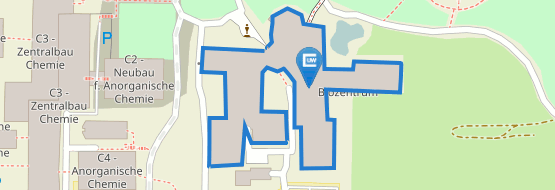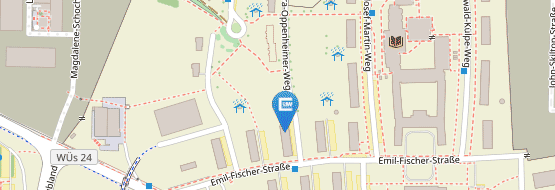Systematic evaluation of fluorescence correlation spectroscopy data analysis on the nanosecond time scale
13.05.2013Katrin Steger, Stefan Bollmann, Frank Noe and Sören Doose Phys. Chem. Chem. Phys., 2013, Accepted Manuscript
DOI: 10.1039/C3CP50644D
Received 12 Feb 2013, Accepted 26 Apr 2013
First published online 30 Apr 2013
Signal fluctuations in a fluorescence time trace on nanosecond time scales can be induced by specific quenching interactions that report on the dynamics of biomolecules. Fluorescence correlation spectroscopy is an analysis tool to investigate dynamic processes on time scales from pico- to milliseconds or longer. Under certain conditions, e.g. in a solvent of high viscosity, a fluorescence labeled dynamic biomolecule yields multiple independent correlation decays due to rotational and translational diffusion, fluorescence quenching interactions, and fluorophore photophysics. We compared parameter estimation for FCS data with multiple correlation decays by dynamical fingerprint analysis and by the non-linear Levenberg-Marquardt fitting procedure and identified conditions for which dynamical fingerprint analysis can be of advantage. In this context we identified a previously unrecognized photophysical process in ATTO655 that introduces fluorescence intermittency on nanosecond time scales that is absent in MR121. The optimized fitting procedure is used to resolve the viscosity dependence of fluorescence quenching for photoinduced electron transfer probes.








